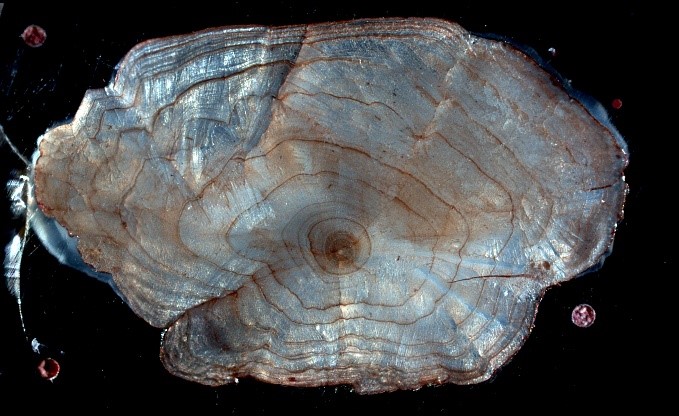- 28 October, 2020
Conclusions from the otolith reading workshop
One of the main goals of SUDOANG is to have common tools and methods that contribute to the conservation of the European eel and its habitat in the SUDOE zone (Spain, France and Portugal). In an attempt to stardardize age reading of eel otholiths, scientists from SUDOANG and from the Working Group on Eels (WGEEL) met in the Third Workshop on Age Reading of European and American Eel [WKAREA3], chaired by Françoise Daverat (France), Isabel Domingos (Portugal) and Kélig Mahé (France) in Bordeaux, France, from 17-18 June 2019.
This Workshop sought to improve the accuracy and precision of age estimates based on standardized methods and criteria, in order to support stock assessment at local and global levels. The group conducted a collective reading of European eel otoliths extracted from eels sampled in six aquatic systems from the SUDOE area, which had been poorly represented in previous workshops.
A report compiling the workshop activities and its conclusions has now been made public here:
- The aging performance of advanced and basic readers was poor, suggesting that the growth patterns rather than the reader experience are responsible for the low consistency among readers.
- The otoliths from the southern part of the eel range presented an overall growth pattern, that is completely different from what has been seen in otoliths from the northern area.
- The irregular pattern of annuli along with the presence of numerous supernumerary rings complicated the interpretation of the growth pattern in the otoliths used in the exchange. It was concluded that it was impossible to distinguish between annuli and supernumerary rings.
- In habitats from the south, especially the Mediterranean region it is likely that low river flow during summer, associated with high temperatures, are responsible for the deposition of many supernumerary rings.
- In view of the uncertainty associated with the age estimation of eels in the southern area, there are concerns in the use of age readings data for stock assessment.
- To further increase precision and reduce the risk of biased growth estimates in the southern area, it is a priority that mark recapture studies are conducted to ground truth the age and identify patterns of ring formation. A field study to test the effect of summer temperature and river flow on eel growth patterns in the southern area should clarify the patterns of annuli formation.


